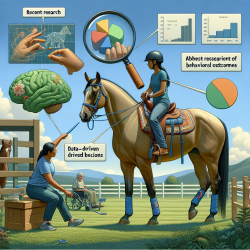Introduction
In the quest to enhance maize production in the U.S. Midwest, nitrogen (N) management plays a crucial role. Recent research, utilizing the DSSAT-CERES-Maize model, sheds light on how varying nitrogen application rates and timings can impact grain yield (GY) and nitrogen use efficiency (NUE). This blog delves into the findings of this research and provides actionable insights for practitioners aiming to optimize their nitrogen management strategies.
Key Findings from the Research
The study simulated the effects of different nitrogen fertilizer rates and application timings on maize yield across Illinois. Key findings include:
- Switching from fall-applied nitrogen (FN) to spring-applied nitrogen (SN) can increase maize GY, particularly in years with higher than average winter rainfall.
- In years with cumulative winter rainfall over 500 mm, NUE significantly improved with SN compared to FN.
- Reducing nitrogen rates from 224 kg N ha-1 to 190 kg N ha-1 while shifting application from FN to SN resulted in varied yield responses, with a probability of yield increase ranging from less than 10% to over 70%.
Implications for Practitioners
For practitioners, these findings underscore the importance of tailoring nitrogen management strategies to specific environmental conditions. Here are some recommendations based on the research:
- Consider Weather Patterns: Adjust nitrogen application timing based on expected winter rainfall. SN may be more beneficial in wet years.
- Optimize Nitrogen Rates: Reducing nitrogen rates while optimizing application timing can improve NUE without compromising yield.
- Use Simulation Models: Leverage tools like the DSSAT-CERES-Maize model to predict outcomes under various scenarios, aiding in data-driven decision-making.
Encouragement for Further Research
While the study provides valuable insights, it also highlights the complexity of nitrogen management. Practitioners are encouraged to engage in further research and field trials to refine their strategies. Understanding the interplay between nitrogen application, weather patterns, and soil properties is key to achieving sustainable maize production.
To read the original research paper, please follow this link: Simulating nitrogen management impacts on maize production in the U.S. Midwest.










